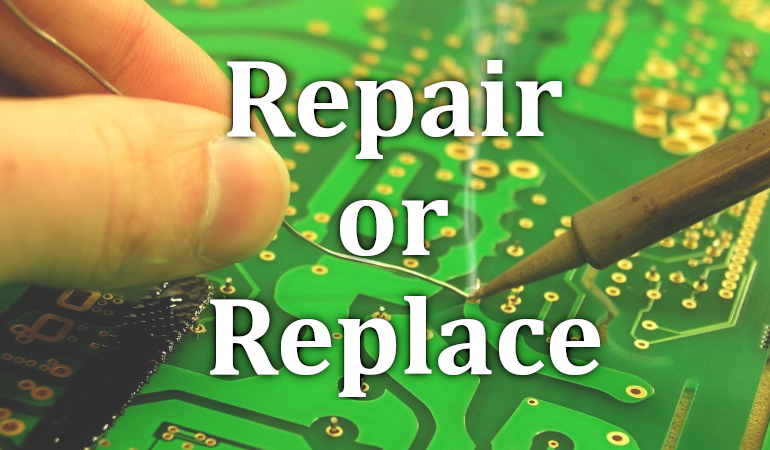Is It Worth Fixing My AV Gear?
One of the common questions I read is, is it worth fixing my AV gear? I mean, look at printers. It’s sometimes less expensive to buy a new printer than to refill the cartridges! So in this world of disposable stuff, should you fix it? Let’s discuss.
What To Repair?
If you have read my articles, you know that I will preface many of my opinions with “it depends.” This argument is no different. Often, the cost of repair informs your decision. But not all electronics are created with repairability (or longevity) in mind, and the cost can deter you completely. Let’s dig in.
Projectors
Lamp-based projectors need to have their lamps replaced after so many hours of use. So, in this case, it makes perfect sense to spend money replacing a lamp and extending the life of your projector. The same argument goes for filters. The service manual for your projector will tell you when and how often you should replace your filter. Websites like Projector Central, can help you find a dealer close to you.
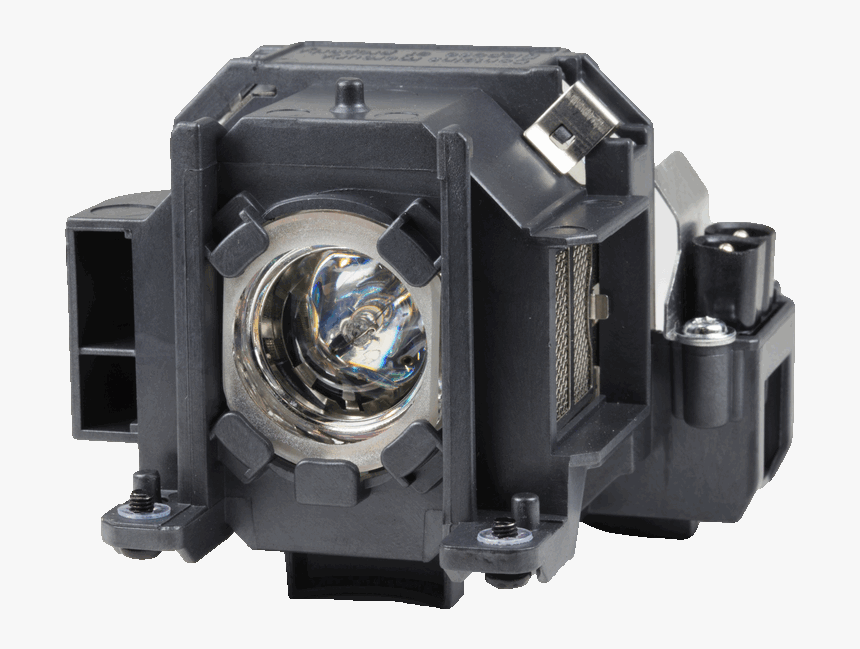
However, it doesn’t make sense to replace bulbs on older or obsolete projectors. A friend is nursing his aging 720P projector along, trying to extend its life. Because he knows that once his bulb goes, the cost of the new bulb will outweigh the quality of the projector. I make the same argument for sealed laser-based units. We still don’t know if the laser engines are replaceable, and if they are, how much they cost!
TVs
So, this is a HUGE “it depends” for me. Older CRT TVs were built with repairability in mind. Their guts were more simplistic, and didn’t have a lot in the way of “logic boards.” But modern TVs? Everything is a motherboard or a control chip and often they are not designed for repairability, but rather full replacement. But there may be cases where a repair is in order. Often, this is when you’ve bought a high-dollar, flagship TV. If you bought something cheaper, the answer is almost always to replace.
The problem is diagnosing your problem. Most shops will charge you a flat rate for an assessment that they will then put toward the repair if you decide to go forward. This means you could spend a chunk of cash just figuring out that it isn’t worth it to repair the TV. But, if you love your TV and don’t want to shop for another one, here are some of the common problems.
TV Power Supply
This is solidly a maybe. Power supplies tend to be modular, and you can usually get one from a third-party parts supplier, or even from the manufacturer. If you have a flagship panel, and the cost is low, go for it. But if you have a budget TV and the PSU is most of the cost of a new one? Or if it is soldered to the mainboard? Well, I wouldn’t recommend this. Especially if you are paying a repairer to do it.
Mainboards
Another solid maybe. As with the power supply, if the mainboard is modular, not crazy expensive, and easily accessible, it might be worth it. BUT mainboards are the brains of your TV, so I would expect this board to be more expensive. If you are doing it yourself, it still might be worth it (maybe for the experience alone). But throw in a few hundred for a repair tech, and it quickly heads for the trash.
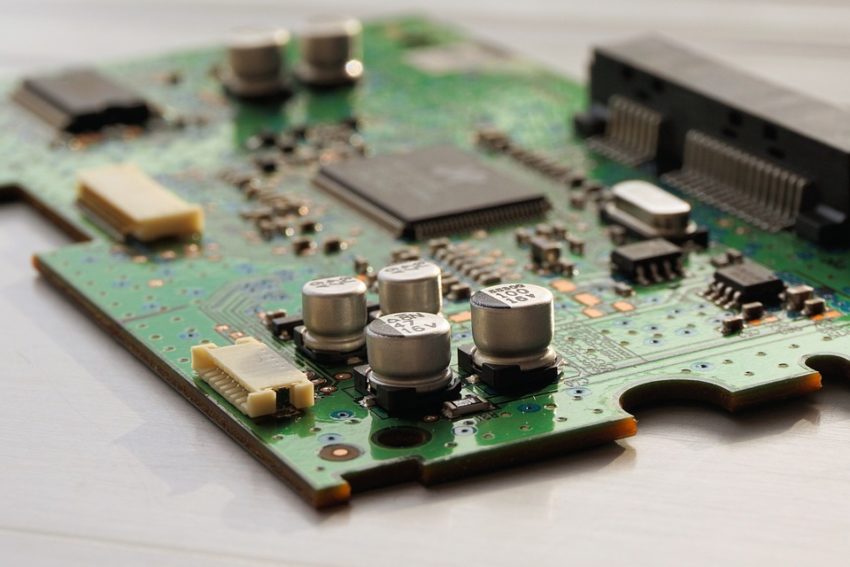
Screens/LCD/OLED Panels
This is almost certainly a no! Not only are these parts expensive to purchase, but they are also difficult to install, and easy to damage. I have heard horror stories of people trying to DIY a LED panel repair, only to damage the new panel or screen in the process! My only experience with a bad screen was handled by warranty, and the company sent me a new set vs. sending a repair person. That should tell you something there.
AV Receivers
Unless you are getting repairs under warranty, the answer is almost always a NO! Modern AV receivers are a mass of logic boards, processors, and the like. While it is possible to get replacement parts, they are not cheap, and often require an authorized repair center to purchase and install the parts.
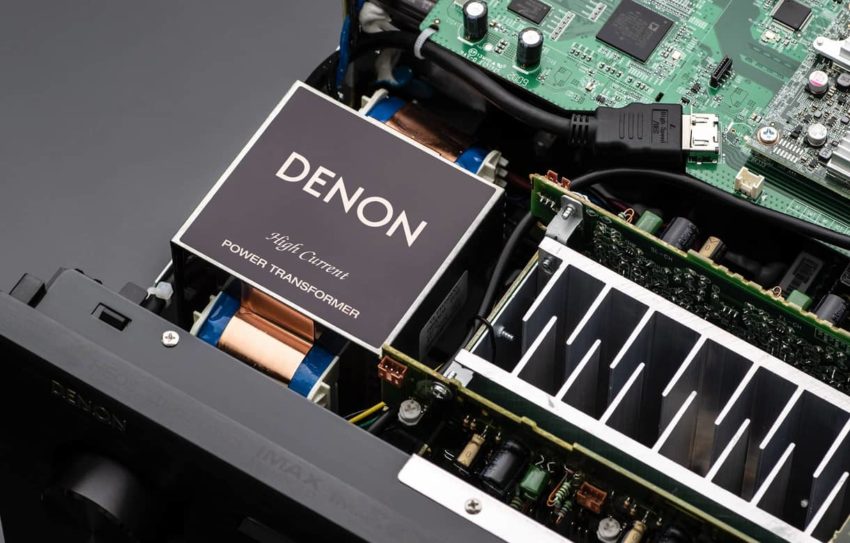
When one part fails, it is usually the first step in a chain reaction. A faulty board could be just that, faulty. Or it could be a sign that your unit is dying, and you are prolonging life one expensive transplant at a time.
Now, if it’s a flagship receiver? That’s still a big maybe. If it’s old enough to be out of warranty, chances are that the tech is dated. That doesn’t always mean obsolete, but it’s the repair cost vs. age debate all over again. And if it’s a sign of a failing unit? It might be better to replace it.
Amps/Vintage Gear
Say it with me kids, it depends! Modern amps that are full of logic boards and solid-state amplification? Probably not. The cost of parts and repairs will almost certainly match the price of a new unit.
Older amps or vintage gear? I will give this a very solid yes. In my experience, most older amps/vintage gear, are simple. They have mainboards littered with capacitors, resistors, and other electronics soldered to the board. These are very repairable by most people familiar with soldering and electronics. While you may not be able to get your hands on an original 1970s capacitor for your vintage Marantz, you most certainly can find a modern one that does the same thing!

This is why vintage gear can be so darn expensive. Because it lasts forever! My B&K amp was 20 years old when I bought it. On a whim, I asked what it would cost to recap the entire unit. $150! No brainer!
Speakers/Subs
I waffled on this one. If you own decent, modern speakers, it’s almost always worth getting them repaired. My speakers have drivers that can be pulled easily, and a drop-in replacement is installed with minimal know-how. Same with the plates on the back of subs. Most plate amps are plug-and-play. So, you call the company, get a replacement, and a few minutes later, you have a working sub.

Where it gets dicey is older gear. Older speakers were made with foam or rubber that dries out, degrades, and fails. Repairing the foam or rubber surrounds is fairly easy and can be done at with aftermarket kits. But just because you replaced the surround, doesn’t mean that something else isn’t also broken. If the surround fails and the speaker is used, it can damage parts of the driver (the cone, pole piece, spider, etc.) that aren’t so easily repaired. Good luck trying to find an aftermarket driver to timbre match your vintage speakers!
As for older subs? Almost always no. Unless its vintage status appeals to you, modern (capable) subs are tuned and designed to hit lower, harder, and need less power. Save yourself some cash and look for a new one.
Modern Sources
Repairing most modern sources like Blu-ray players or streaming boxes is a hard no for me. Most enthusiasts aren’t buying high-end Blu-ray players, and streaming boxes are pretty cheap and reliable. Plus, diagnosing issues generally costs $50 (or upwards), and then there are parts. So if my Nvidia Shield died tomorrow, I would a) be shocked and b) replace it immediately. Technology moves quickly. Would I repair an early generation streaming box, when a new one costs less than the repair?
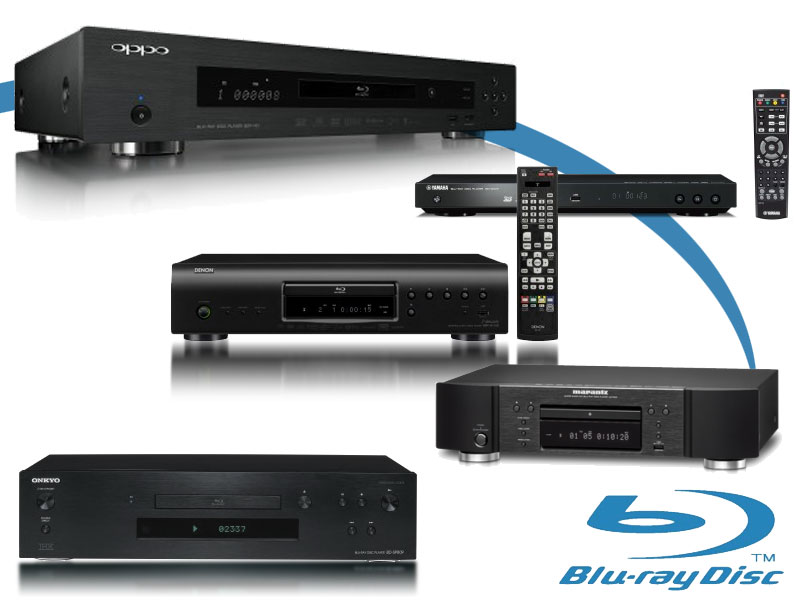
Even for physical media players, unless I could DIY it, I doubt I would take on the cost of a repair. Yes, I realize that some high-end players can cost thousands. But if they are out of warranty, they are probably outdated. So, something cheaper, and newer, has the same performance. It just does not have the audiophile appeal.
Our Take
While I would love to advocate for everyone to repair and keep items out of landfills, that’s not our reality. Some companies make items that are designed to last a lifetime, while others are designed as cheaply as possible and are disposable. But that was the way it was 30 years ago and the same today.
The major difference 30 years ago is that AV gear was (relatively) more expensive. My low-end 1994 Kenwood was close to $400 ($700 in today’s money). We didn’t have the option to get receivers as cheaply as today. So if it broke, we got it fixed because we couldn’t afford to replace it. Today, you can get an entry-level AV receiver for $300.
Plus, you didn’t see nearly as much new technology being added year after year. In the ‘90s we had Dolby Pro Logic II, and didn’t see any massive additions for a decade. There was no reason to upgrade because nothing new was being offered. While we still don’t see massive year-over-year improvements today, a few years can make a significant difference in technologies.
But when it comes down to it, the cost is going to be the single largest driver. If the cost of repair outweighs the cost of replacement (as if often does), the choice is obvious.

